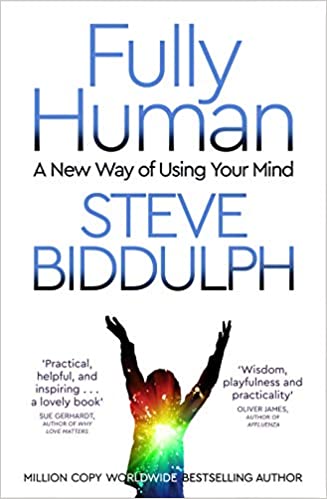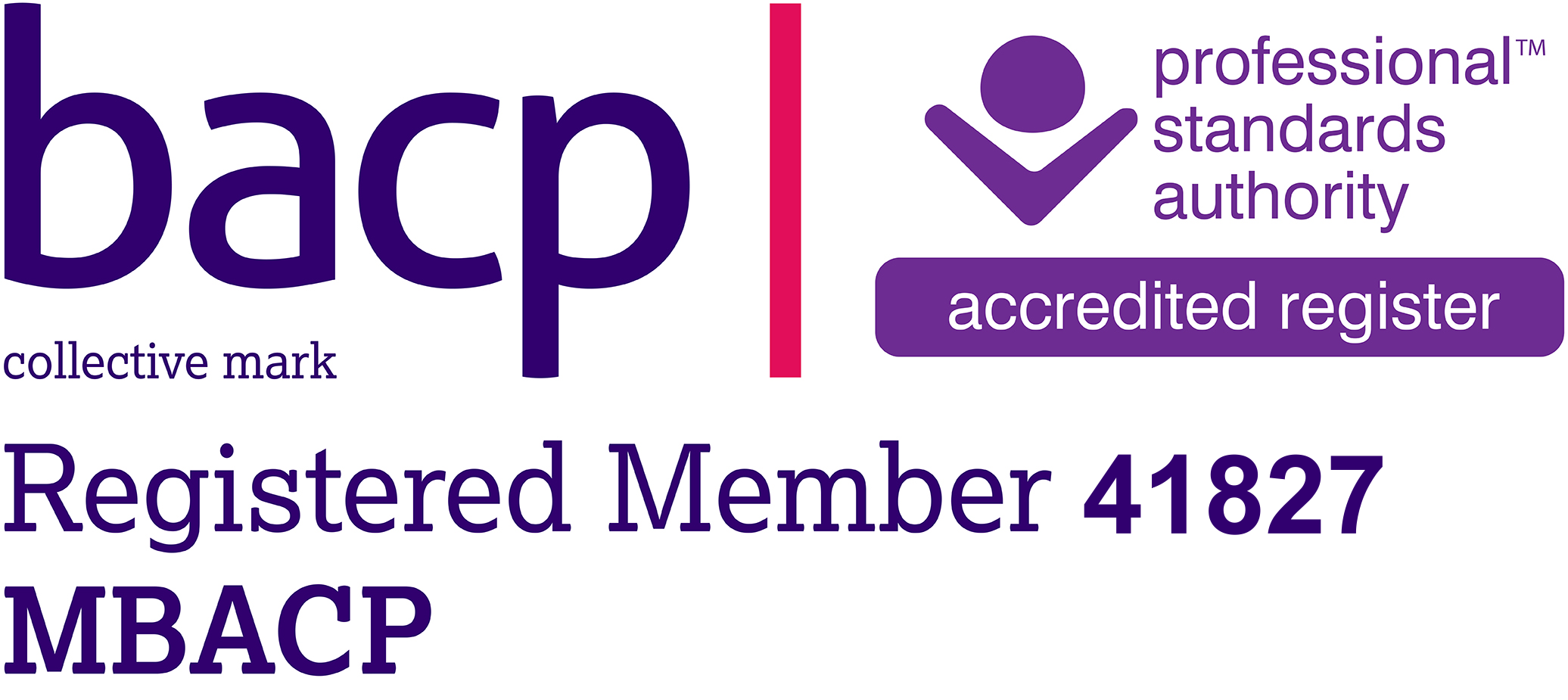 Neuro-Linguistic Programming (NLP) can be controversial, depending on who it is you’re talking to. Many people find it quite hard to describe or define. According to the Collins English Dictionary it is:
Neuro-Linguistic Programming (NLP) can be controversial, depending on who it is you’re talking to. Many people find it quite hard to describe or define. According to the Collins English Dictionary it is:
“a therapy designed to alter behaviour by reprogramming unconscious patterns of thought”
The name itself was coined by one of the originators, Dr Richard Bandler, back in the 1970s and I understand that he was asked recently to write a definition to appear in the Oxford English Dictionary which is:
“… a model of interpersonal communication chiefly concerned with the relationship between successful patterns of behaviour and the subjective experiences (esp. patterns of thought) underlying them … a system of alternative therapy based on this which seeks to educate people in self-awareness and effective communication, and to change their patterns of mental and emotional behaviour.”
I tend to view NLP as an ‘umbrella’ term which describes a host of related theories and techniques which examine how we experience and interpret the world (‘neuro’), how we explain all this and communicate with each other (‘linguisitic’) and how we learn, think, solve problems, make decisions and develop patterns of behaviour and habits (‘programming’).
In business NLP has been used to model and replicate excellence and as a means of influencing people. Trance states have been used in some cases to impart information and learning without the participants’ knowledge. This has resulted in some people being wary or cynical about NLP in general – and understandably so, perhaps.
As with the other theories with which I work, I think it all comes down to integrity and ethics in the end. If you trust me to work with you on the issues you bring, to work transparently with you, tailor what we do to suit you, explain what we’re doing as we go, and not to manipulate you towards my own ends then we will be just fine.
You’ll be fully aware of any NLP techniques that we use – after all, trust is at the heart of the coaching/counselling relationship and without that we’re unlikely to make much progress, whichever way we work.
In terms of explaining Hypnotherapy, we each have moments every day when our subconscious mind takes over from our conscious mind. Everything we have learned is stored in our subconscious which is why we are able to do some things ‘automatically’, without thinking about them as we act.
Have you ever suddenly become aware of yourself behind the wheel of your car and hoped that last set of traffic lights really were green? Or become so engrossed in your thoughts that you walk straight past the shop you were heading for and find yourself on the way to your office instead?
Unsettling as these events might feel when they happen, they are in fact a normal part of being human. Daydreaming, self-hypnosis and trance-like states like these are one of the ways in which we manage to survive a complex and stimulus-rich environment.
There several levels of consciousness ranging from full alertness through light, moderate and deep trance, and then sleep. And it is in these three trance states that we are receptive to hypnotic suggestion which can help with a variety of things from helping us to relax, to sleep better or to alter some unhelpful beliefs or behaviours.
The training I have received is based on the work of Milton Erickson who was one of the practitioners on whose work Richard Bandler and John Grinder drew when they originally developed NLP.
The way I work is very transparent and tailored to you. I would develop a script in partnership with you based on the issue(s) you want to address and using your own words as far as possible. There is nothing secret or hidden in the process, just a particular style of phrasing that works for most people in order to engage with the unconscious mind. You would be able to come out of trance state at any time you choose.
We would try out the script together and, usually, you would have a recording that you can take away to try. Over time we would refine it until we have something that seems the best fit – and then it’s a question of repetition and reinforcement, a lot of which you can then do, yourself, at home.

